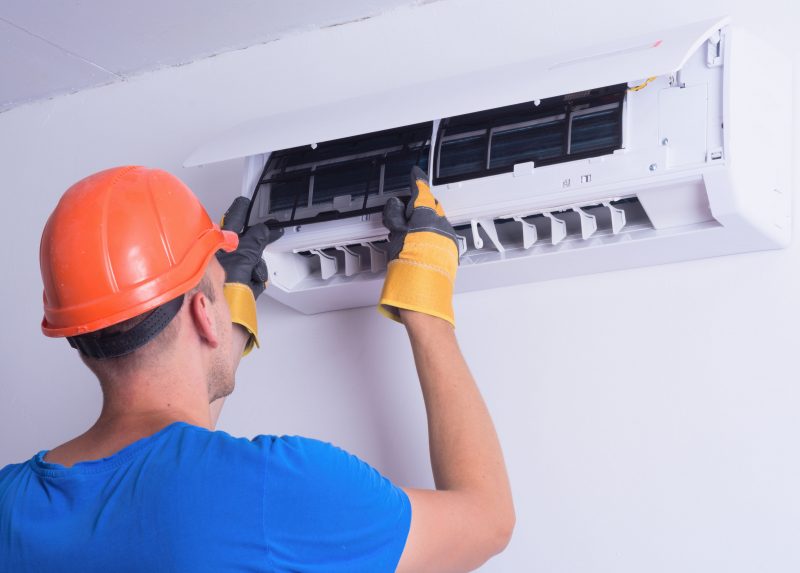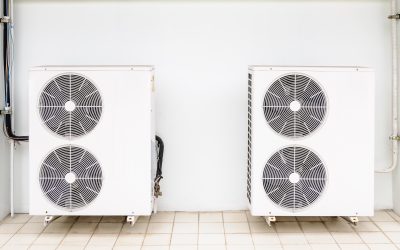The water heater is possibly the most important appliance in the home and it is also one of the most neglected. This tends to happen because the water heater is usually placed in out-of-the-way locations such as the corner of a garage or in the attic. Sadly, neglect of the water heater will usually result in unexpected failure and the need for Water Heater Repair in Tacoma Wa. In the worst case scenario, the property owner may need to replace the failing appliance because corrosion has set in and water leaks into the home.
Corrosion occurs because the tank in a water heater is made from steel. Of course, there are ways to reduce the chance of corrosion such as tank liners. The two most common water heater liners are cement and glass. Glass liners provide a thick seal around most of the tank, but glass may have problems with even coating around seams and pipe fittings and this could allow water to seep behind the glass. Cement provides better protection because it can be evenly coated around the inside of the tank and it sticks to the metal. However, the best way to reduce the possibility of corrosion is to keep the tank cleaned.
Flushing out the tank is one of the first steps that should be taken when it is time for Water Heater Repair in Tacoma Wa. The typical tank should be flushed at least once a year, even more frequently if the water supply is heavy with lime or similar mineral deposits. Flushing reduces what is known as hard water deposits and is a great way to avoid the slow destruction of a water heater, especially an electric model.
The electric water heater uses internal elements to heat the water. Unfortunately, this allows mineral deposits to build up on the elements and eventually cause them to fail. A shorted electrode will stop heating water, but it could also cause a larger problem. Some electrical shorts in the element can allow the unit to continuously operate at a lower voltage. That is, the water continues to heat until an emergency sensor trips off the power supply. This could actually result in scalding water and the possibility of burns. Replacing the elements and/or thermostats should fix the issue.


